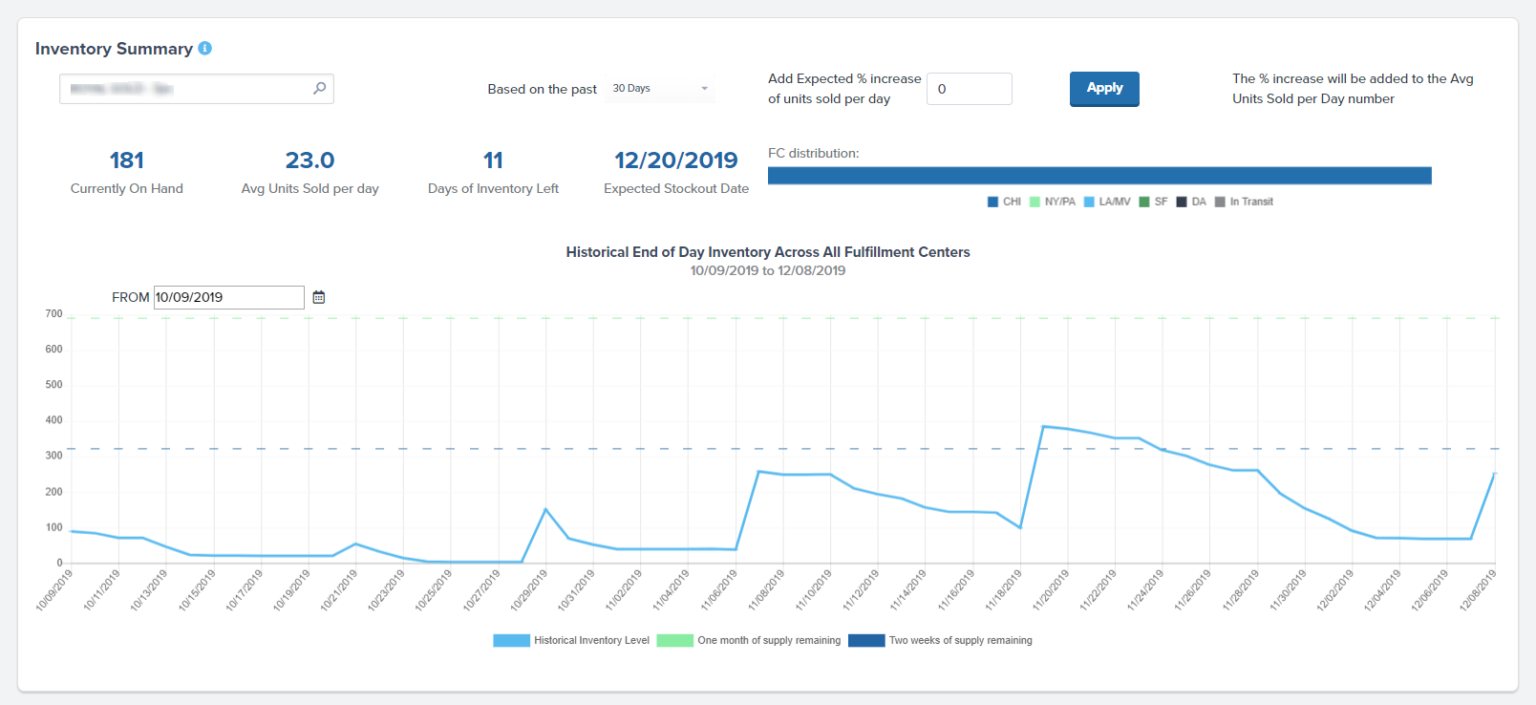
If so, the dealer records a sale and a receivable or money and excludes the good in the ending stock. Towards the ending of an accounting time frame, such stock items permit exceptional consideration for accounting such merchandise are neither accessible at the dealer’s space nor at the buyer’s location. Optimized inventory levels help reduce carrying costs, increase inventory turnover, and improve profitability. Increased visibility aids in better demand forecasting, reduces the risk of errors, and improves overall supply chain efficiency. In international transactions, customs and import/export regulations can further complicate the ownership of transit inventory. Retailers and wholesalers need to account for goods in transit that they own, which can be challenging without real-time tracking systems.
Ask a Financial Professional Any Question
- In case there are goods in transit throughout the reporting date, it must be guaranteed that both parties account effectively for those goods.
- This method requires robust internal controls to ensure accurate tracking and reporting of consigned goods.
- From a practical perspective, the buyer may not have a procedure in place to record inventory until it arrives at the receiving dock.
- The system consists of 29 lines and 463 stations, covering The Bronx, Brooklyn, Manhattan, and Queens.
Goods in transit refers to inventory items and other products that have been shipped by a seller, but have not yet reached the purchaser. Navigating these challenges requires careful planning, effective communication, and often, the use of technology to improve visibility and control over in-transit inventory. When you implement a powerful inventory system like Unleashed, you’ll be able to better track your in-transit inventory and calculate transportation costs. First, you must determine the ownership status of the goods being transported (see above). Next, you’ll need to calculate the average value of a shipment, the average cost of transportation, and your carrying cost.
What is your risk tolerance?
In most cases, eCommerce merchants have ownership of any in-transit inventory until it reaches the end customer. Some eCommerce retailers may opt for different terms which ought to be included in their shipping policy. If they are not received within a year or if there is no reasonable assurance that they will be received, then the asset account for these items is written off as a loss. If we (buyer) responsible for, we should estimate the cost make accrue expenses as part of the inventory in transit. We will make accrue when we have an obligation to the supplier, so all the costs will not record at the same time with goods in transit. Goods in transit are the products or materials which already leaves the seller’s warehouse but not yet received by the buyer.
Use Real-Time Data Tracking
For example, if the buyer arranges transportation, ownership and risk may transfer upon pickup from the seller’s premises. Conversely, if the seller is responsible for delivering the goods to the buyer’s premises, ownership and risk may transfer upon delivery. By effectively managing transit inventory, businesses can improve their supply chain efficiency and reduce costs. Incoterms such as FOB (Free on Board) and CIF (Cost, Insurance, and Freight) dictate when ownership and risk transfer from the seller to the buyer. For instance, under FOB terms, the buyer assumes ownership once the goods are loaded onto the shipping vessel. Conversely, under CIF terms, the seller retains ownership until the goods reach the buyer’s port.

If the inventory you’ve purchased is classified as an FOB shipping point, you can list it as new inventory in your system as soon as it ships. For example, a used car dealership might list a preowned vehicle on its website as available for purchase even if it’s not physically on the lot yet. The buyer records the payable or the installment of money, the purchase, and takes account of the item for the completion stock. Goods in Transit indicates the stock that is bought from the purchaser and delivered through a dealer, nonetheless, the merchandise is in transit but still needs to arrive at the proposed buyer.
Company
The ownership of transit inventory typically depends on the terms of the sale and the shipping agreements between the manufacturer and the retailer or wholesaler. This is calculated by multiplying the value of the inventory in transit by the inventory in transit accounting carrying cost (the cost of storing the inventory while in transit) and dividing by 365. Led by Mohammad Ali (15+ years in inventory management software), the Cash Flow Inventory Content Team empowers SMBs with clear financial strategies.
If the title to the goods has not been transferred from the seller to the buyer, an asset loss cannot be claimed because no actual physical loss of the goods has occurred. In this case, the title of ownership has not been transferred, so the goods belong to the seller. If this was not picked up in its entirety by insurance, then it becomes an income statement item for the party who was at fault. Effective internal controls are indispensable for managing goods in transit, ensuring accurate financial reporting, and safeguarding assets. These controls encompass a range of practices designed to monitor and verify the movement of goods, from dispatch to delivery. Implementing robust tracking systems is a foundational step, allowing companies to maintain real-time visibility over their shipments.
In-Transit inventory allows for a continuous replenishment of stock, ensuring that stores can cater to the ever-changing demands of consumers. Given the complexities involved, understanding how to account for these goods accurately is essential. This way, you can ensure accurate numbers and make better-informed decisions based on real historic data from all areas of your business. In a FOB Shipping agreement, in-transit inventory is owned by the buyer as soon as the products are loaded onto the ship. In order to record an account as “goods in transit, ” there must be evidence that the title has been transferred from the seller to the buyer. Goods in transit are purchased goods that have not yet been received by the purchaser.
By having goods in transit, retailers can quickly respond to changes in consumer demand without the need for excessive stockpiling. Many will also offer advice and recommendations for how you record and manage your accounts, as well as useful information about developing and sustaining your business. Likewise, building a good rapport with your suppliers can help you give accurate answers to some of the queries we just mentioned.
